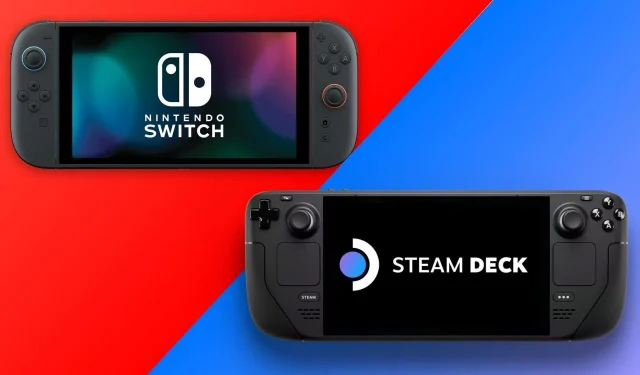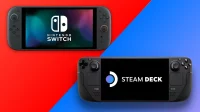Excitement is building as Nintendo prepares to unveil the highly anticipated Nintendo Switch 2, set for a release on June 5, 2025. This next-generation handheld gaming console marks the arrival of a successor after a lengthy eight-year wait, packed with features that gamers are seeking in 2025.
In this analysis, we will compare the Nintendo Switch 2 with its closest competitor, the Windows-based Steam Deck. We will delve into their specifications, target audiences, and performance to see how they measure up against each other.
Disclaimer: Some opinions expressed in this article are subjective and reflect the author’s perspective.
Nintendo Switch 2 vs. Steam Deck: A Look at Specifications
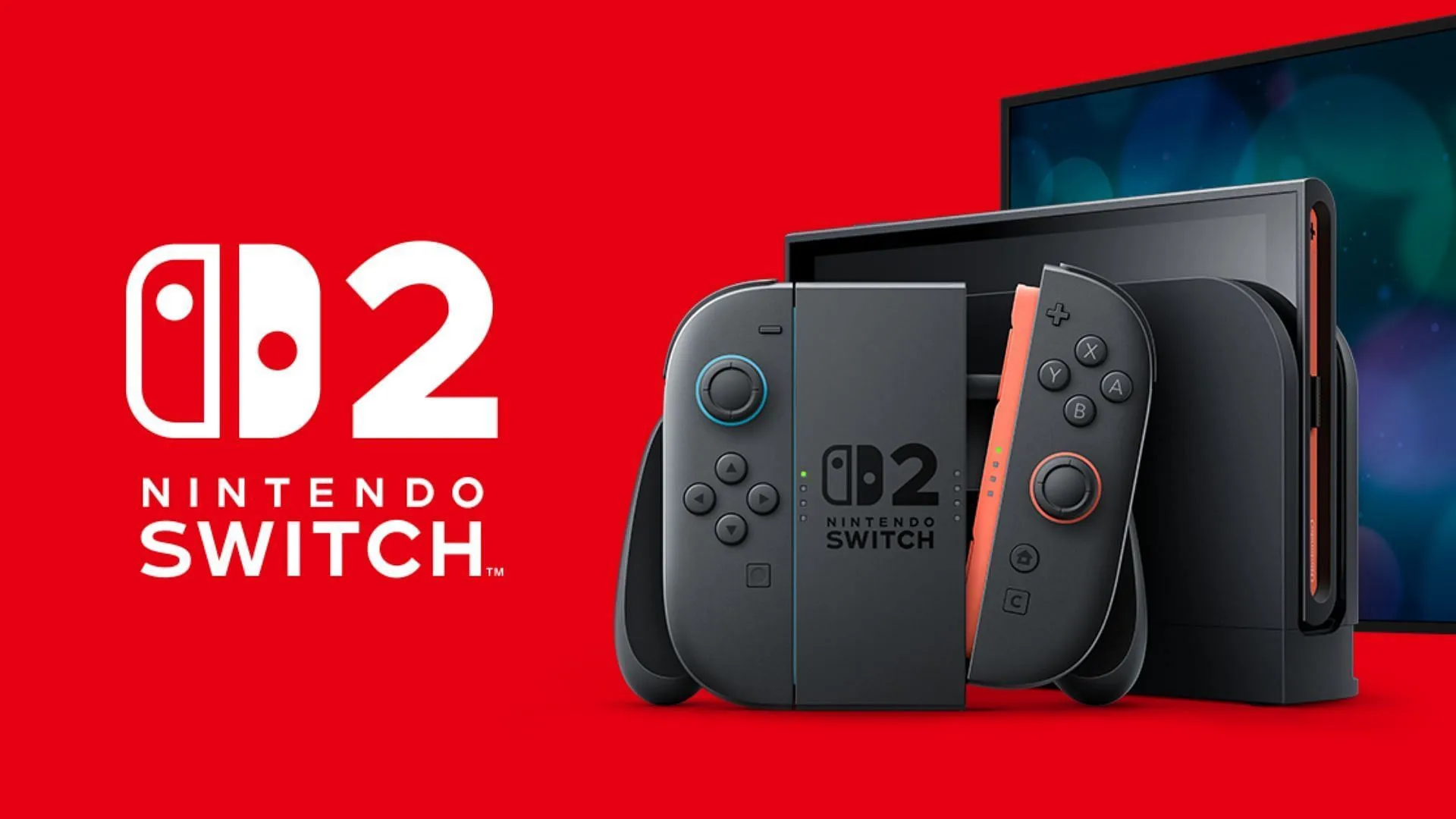
Upon its debut, the Steam Deck offered superior capabilities compared to the original Nintendo Switch. However, the upcoming Nintendo Switch 2 aims to provide robust competition across key features. It boasts a larger display, an extensive game library, and an enhanced battery life. Let’s break down the specifications of both devices:
Specifications Overview
| Features | Nintendo Switch 2 | Steam Deck |
| Display | 7.9-inch, LCD FHD, 120Hz | 7-inch, LCD 1280 x 800, 60Hz |
| Processor | Custom NVIDIA processor | 7 nm AMD APU (CPU: Zen 2 4c/8t; GPU: 8 RDNA 2 CUs) |
| Storage | 256 GB (UFS) | 64GB, 256GB, 512GB options |
| Audio | Stereo | Stereo |
| Battery | 5220 mAh | 40Whr (roughly 5100 mAh) |
| Weight | 0.88 lbs (401g) with Joy-Con controllers: 1.18 lbs (534g) | 1.47 lbs (669g) |
Nintendo Switch 2 vs. Steam Deck: Performance Analysis
While Nintendo has yet to reveal detailed information about the processors for the Switch 2, speculation suggests strong capabilities akin to PlayStation 4 or Xbox One, aligning closely with the performance of the Steam Deck, which features a powerful 7nm AMD APU. The Steam Deck is praised for effortlessly running most AAA titles at 40 to 60 FPS when properly optimized.
This performance comparison places both consoles in a similar league, although further details on the Switch 2’s processors might offer more insights into its true performance benchmarks.
Game Library Insights
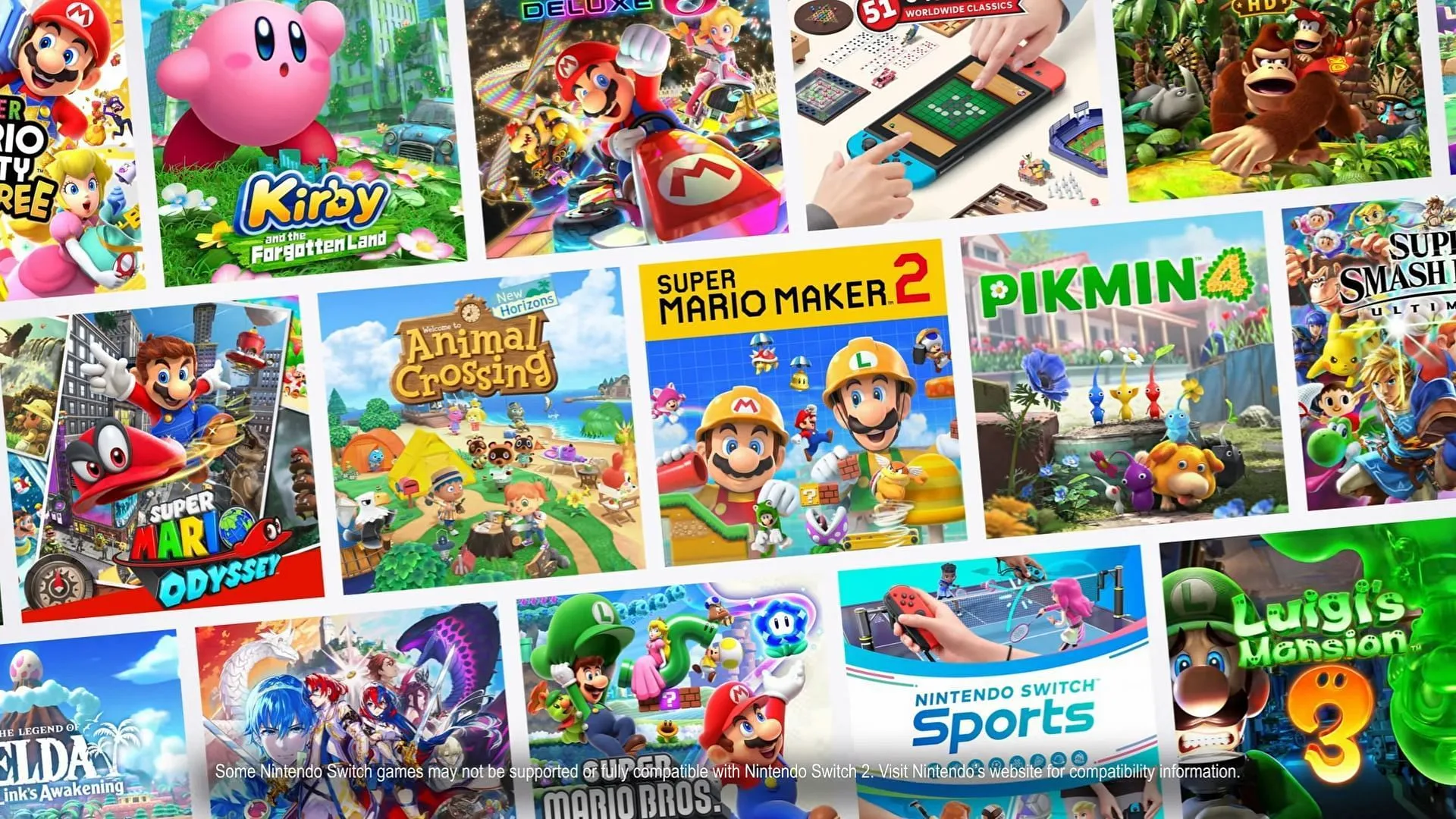
Both consoles feature expansive and diverse game libraries, showcasing unique exclusive titles. Notably, the Switch 2 will support backward compatibility, allowing players to enjoy over 4,500 existing Switch games, including exciting upcoming releases like Donkey Kong Bananza, Metroid Prime 4: Beyond, and Drag x Drive.
In addition, the Nintendo Switch 2 elevates its offering by allowing gamers access to games from its historical catalog, featuring iconic titles from NES, SNES, Game Boy, and other Nintendo platforms, thus enriching its playable library.
Conversely, the Steam Deck boasts a remarkable library of over 17,000 verified and playable games from the Steam platform, accommodating a range of genres and styles from classic PC titles to contemporary AAA games like Cyberpunk 2077, Red Dead Redemption 2, and The Witcher 3.
While the Steam Deck features a vast library catering to a wide audience, it cannot match the instant nostalgia and appeal of classic Nintendo exclusives that the Switch 2 offers. Whether playing beloved classics or modern hits, the Switch 2 holds a unique advantage.
Battery Life Comparison
The anticipated battery capacity for the Nintendo Switch 2 is approximately 5220 mAh, superior to the Steam Deck’s roughly 5100 mAh (or 40Whr). Nintendo projects that players can expect battery life ranging from two to 6.5 hours, whereas the Steam Deck offers 2 to 8 hours depending on usage and power settings.
While theoretical specifications indicate a longer battery life for the Steam Deck, empirical testing will ultimately determine how these devices perform in real-world scenarios.
Nintendo Switch 2 vs. Steam Deck: Display and Build Quality
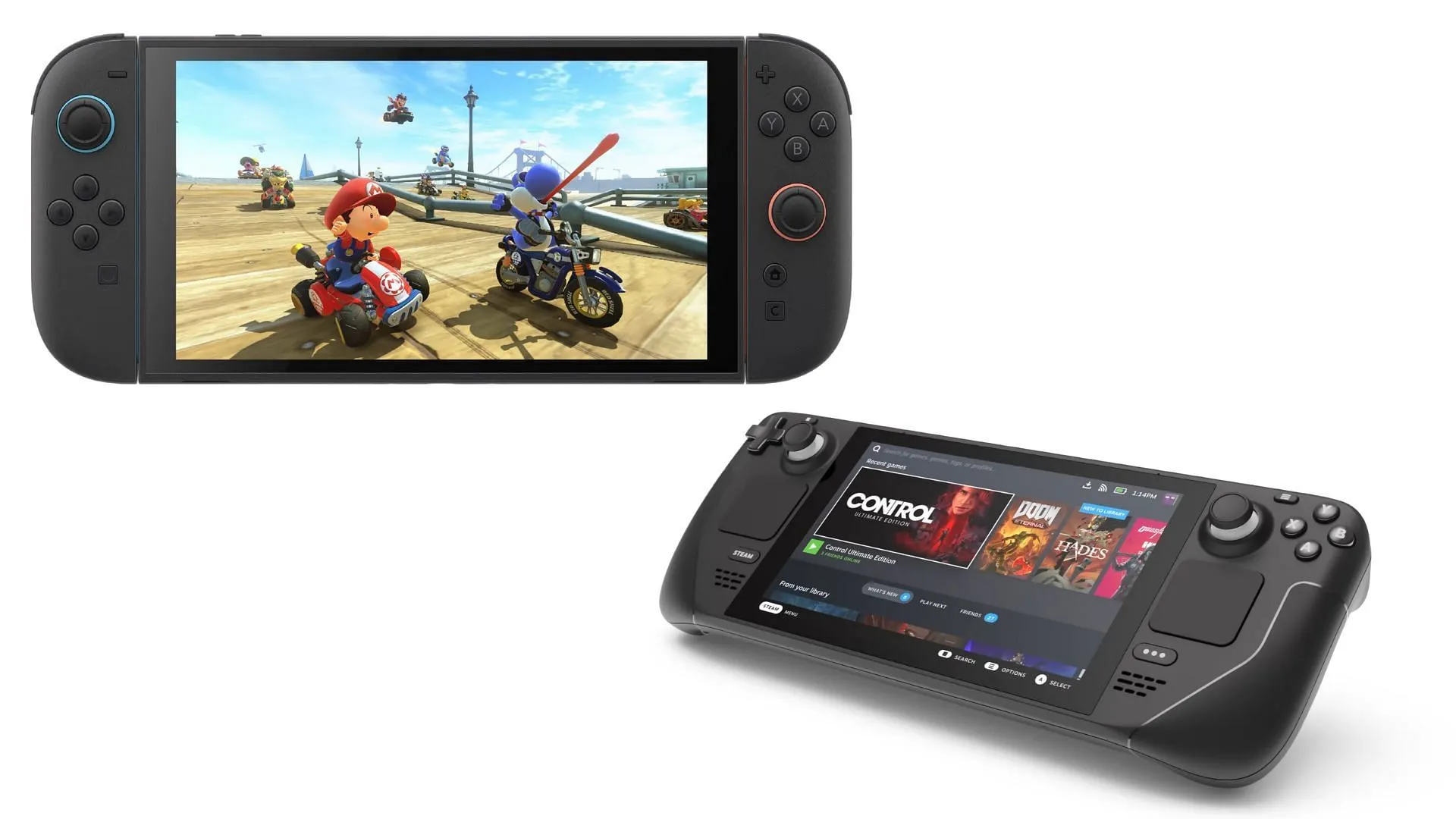
The Nintendo Switch 2 features an impressive 7.9-inch LCD display with full HD resolution that is expected to support 4K when connected to an external monitor, also integrating HDR10 for enhanced visual quality. The high refresh rate of 120Hz promises smooth gameplay, making it a significant upgrade over the previous generation Switch and the Steam Deck.
The Steam Deck, sporting a 7-inch IPS LCD display with a maximum native resolution of 800p, provides decent visuals and a refresh rate of 60Hz. For those opting for the Steam Deck OLED model, a larger 7.4-inch OLED display with a 90Hz refresh rate is available, albeit with a higher price tag in contrast to the Switch 2. Compared to the standard models, the Nintendo Switch 2 clearly offers superior display technology.
Build Quality and Usability
The Nintendo Switch 2 introduces a revamped design with superior haptics and a larger screen. It includes dual USB-C ports, providing versatile connectivity in various gaming modes. The Steam Deck, while excellently constructed, maintains a 7-inch display and incorporates features like trackpads and gyroscope controls. Its OLED version offers a larger screen but comes at a premium price point.
When it comes to user experience, the Switch 2 presents a significant advantage with its three distinct gaming modes: handheld, tabletop, and docked. This version also enhances the Joy-Con controllers, enabling them to function as pointing devices and facilitating easier local multiplayer setups. The Steam Deck, while capable, lacks a kickstand and features only one USB-C port, making the Switch 2 a more user-friendly option overall.
Pricing Structure for the Switch 2 and the Steam Deck
According to the latest Nintendo Direct, the Nintendo Switch 2 will launch at a price of $449.99. As Valve has discontinued the 64GB and 512GB versions of the Steam Deck, buyers can currently only purchase the 256GB LCD model and the OLED variants. While the price difference between the base models is notable, it’s important to remember that the Steam Deck has been in circulation for nearly three years, contributing to its lower price point.
Pricing Breakdown
Prices of the Switch 2
- Nintendo Switch 2: $449.99
- Nintendo Switch 2 + Mario Kart World Bundle: $499.99
Prices of the Steam Deck
- 256GB LCD: $399
- 512GB OLED: $549
- 1TB OLED: $649
Additionally, gamers should take note of the prices associated with games on each platform. Many Nintendo Switch titles have recently seen price increases, now averaging around $80 for digital copies and $90 for physical versions. In contrast, games on the Steam Deck can often be found as low as $5, with newer releases typically ranging from $60 to $70. Notably, classic AAA titles like RDR 2, The Witcher 3, and Skyrim are frequently available for under $40, offering significant savings for PC players.
Final Thoughts
The Nintendo Switch 2 promises to be one of the most exhilarating console releases of the year. While we await further information on its precise hardware capabilities, it stands out in various categories compared to its handheld counterparts on the market today. As one of the few consoles providing an exclusive Nintendo experience, it also allows gamers to immerse themselves in cherished classics.
Ultimately, both devices boast distinct advantages. The Switch 2 excels with its superior display, robust backward compatibility, and user-friendly design. On the flip side, the Steam Deck shines with an expansive game library and competitive pricing for titles.
To help you weigh your options, consider the following highlights:
- Nintendo Switch 2: Anticipated superior screen quality with higher refresh rates and outstanding backward compatibility.
- Steam Deck: Impressive library with affordable game options and strong performance specifications.
- Usability: Switch 2’s design facilitates easier multiplayer gaming and versatile gameplay modes.
Ultimately, the decision will rest on what elements are most crucial to you as a gamer. Whether you are drawn to nostalgic Nintendo experiences or the vast world of PC gaming, both devices present compelling options that cater to diverse gaming preferences.
